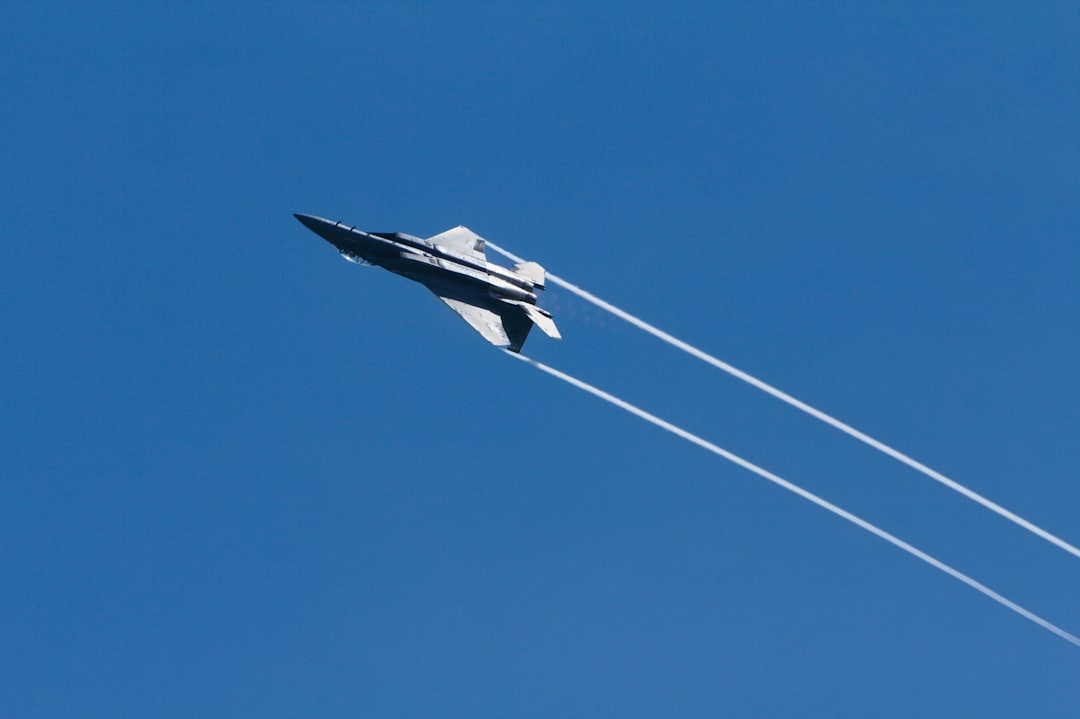What is it about?
A turbulent reacting flow in a channel with an obstacle was simulated computationally with large eddy simulation turbulence modeling and the Xi turbulent combustion model for premixed flame. The numerical model was implemented in the open source software OpenFoam. Both inert flow and reactive flow simulations were performed. In the inert flow, comparisons with velocity profile and recirculation vortex zone were performed as well as an analysis of the energy spectrum obtained numerically. The simulation with reacting flow considered a pre-mixture of propane (C3H8) and air such that the equivalence ratio was equal to 0.65, with a theoretical adiabatic flame temperature of 1,800 K. The computational results were compared to experimental ones available in the literature. The equivalence ratio, inlet flow velocity, pressure, flame-holder shape and size, fuel type and turbulence intensity were taken from an experimental set up. The results shown in the present simulations are in good agreement with the experimental data.
Featured Image
Why is it important?
Turbulent combustion with LES properties, chemical reactions including in the solution also.
Read the Original
This page is a summary of: Large Eddy Simulation of Bluff Body Stabilized Turbulent Premixed Flame, Journal of Aerospace Technology and Management, June 2013, Institute of Aeronautics and Space,
DOI: 10.5028/jatm.v5i2.245.
You can read the full text:
Contributors
The following have contributed to this page










